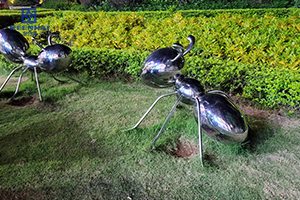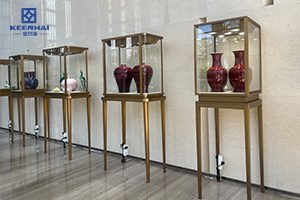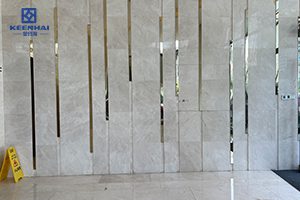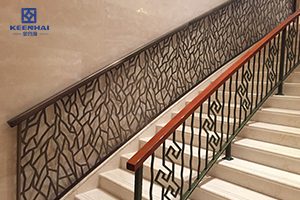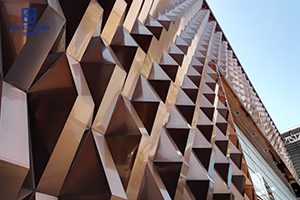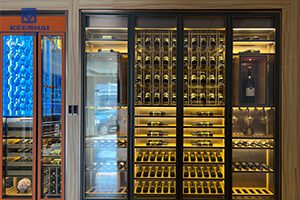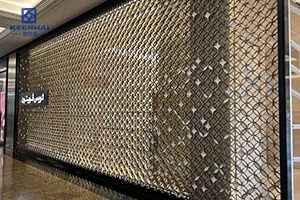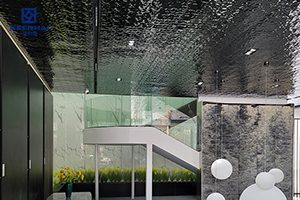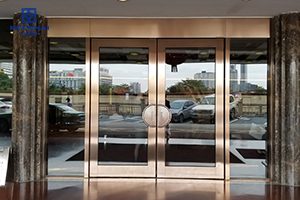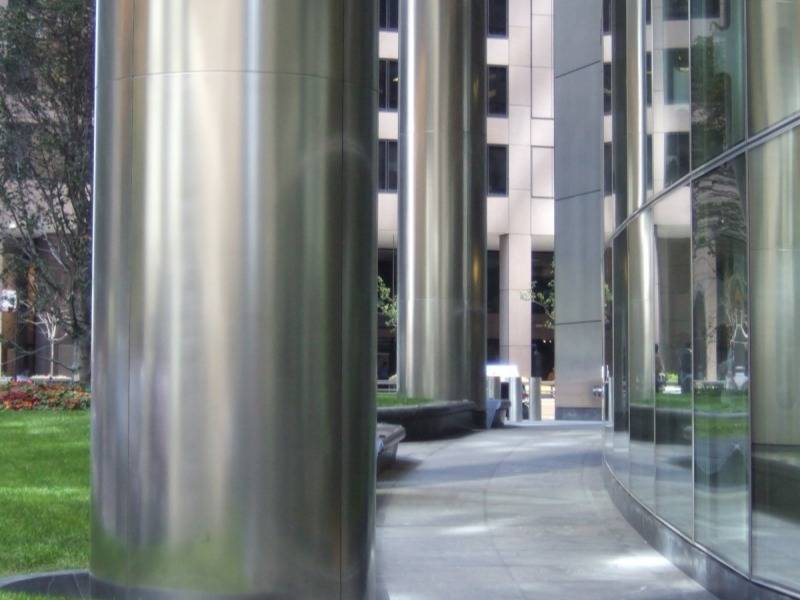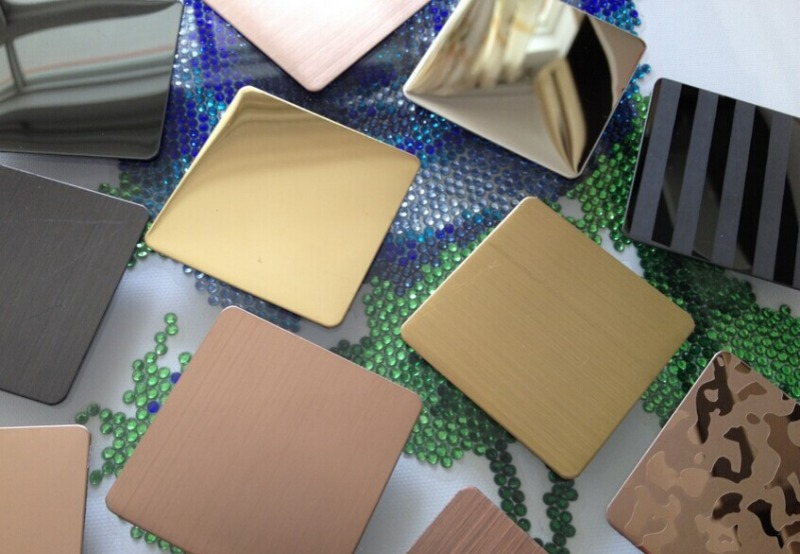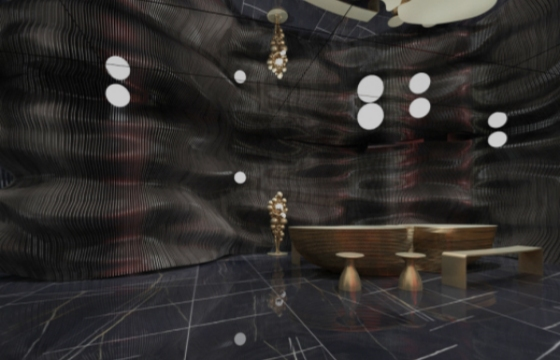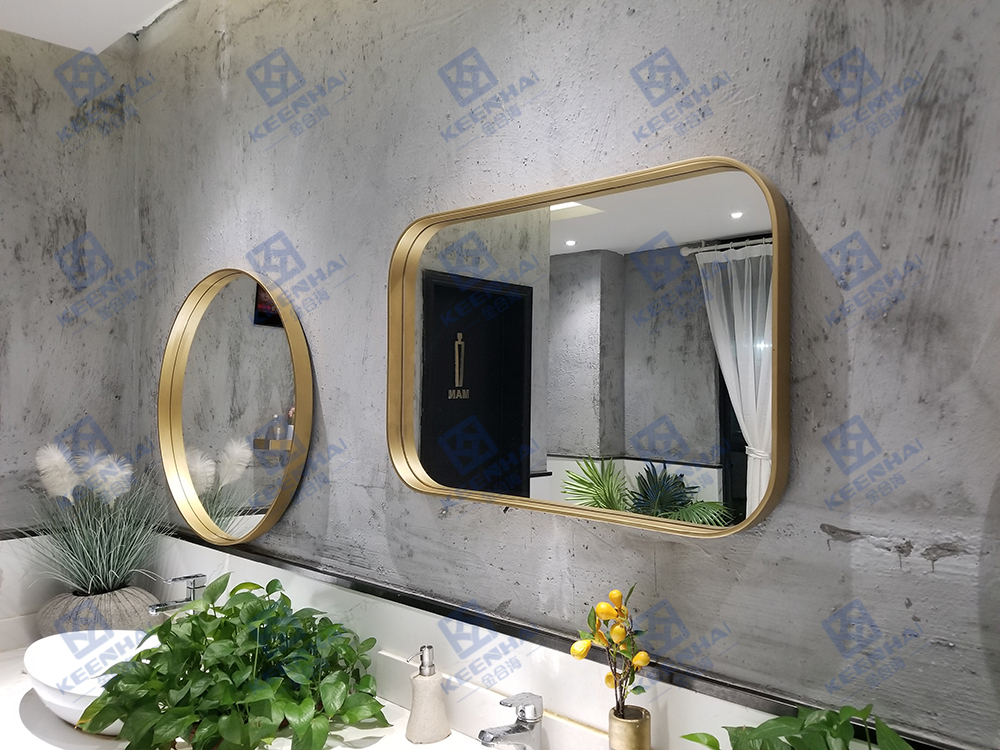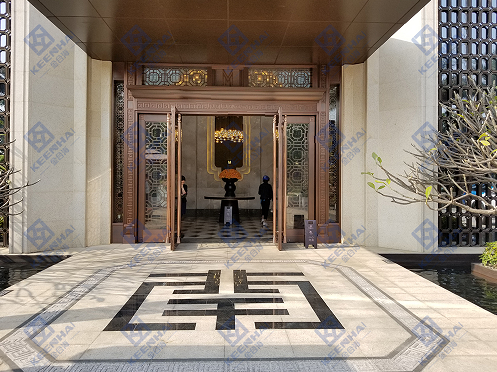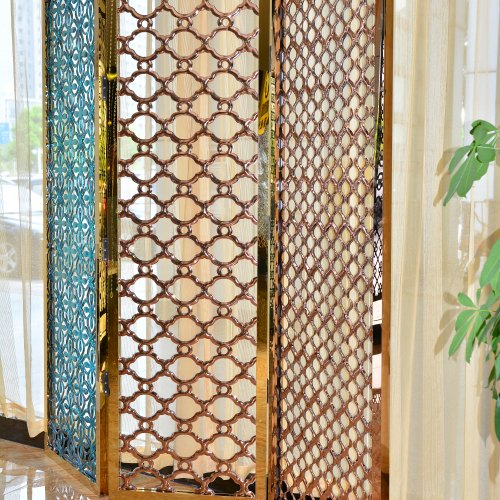Introduction
In the world of construction and design, material selection is crucial, particularly when it comes to outdoor projects. The harsh elements, such as wind, rain, salt, and intense sunlight, can take a toll on materials, which is why choosing the right one is so important. Among the best choices for outdoor applications is 316S stainless steel. Renowned for its superior performance, this material is often used for everything from architectural elements to marine structures. In this article, we will explore the top benefits of using 316S stainless steel in outdoor projects and why it should be your material of choice.
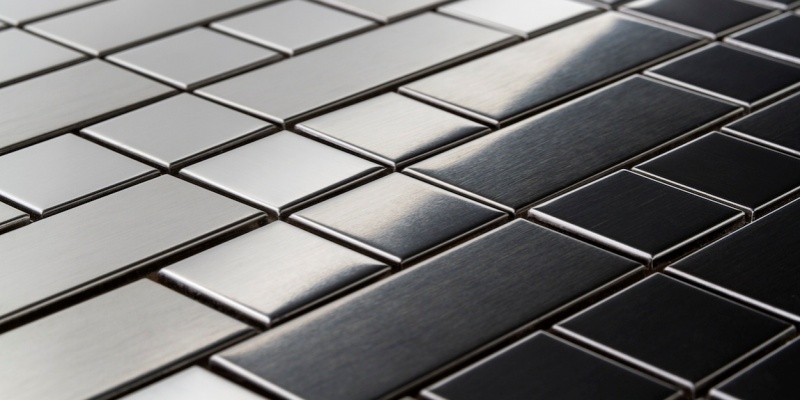
Exceptional Corrosion Resistance
One of the most important characteristics of 316S stainless steel is its unparalleled corrosion resistance. This is especially crucial in outdoor environments where materials are exposed to varying weather conditions.
-
Explanation of corrosion resistance and its importance in outdoor settings: Corrosion is the gradual degradation of materials when exposed to water, moisture, chemicals, and air. In outdoor projects, corrosion can lead to significant damage, increased maintenance costs, and reduced longevity. Materials used in outdoor settings must have a strong resistance to rust and corrosion to ensure their survival over time.
-
Comparison of 316S with other types of stainless steel: While 304 stainless steel is commonly used, 316S outperforms it in terms of corrosion resistance, particularly in saltwater environments. This is due to the addition of molybdenum, which helps enhance its resistance to chloride corrosion, making it ideal for coastal areas or structures exposed to sea air.
-
How 316S resists rust, pitting, and crevice corrosion: Whether it’s a high-traffic bridge or a sculpture near the beach, 316S stands up to extreme conditions. Its resistance to pitting and crevice corrosion makes it highly effective in locations where water can settle in tiny crevices, such as railings or joints in a structure.
Long-Term Durability and Strength
316S stainless steel offers exceptional durability, ensuring that structures last for decades, even in tough outdoor conditions.
-
Discussion of the structural strength of 316S stainless steel: Stainless steel, by nature, is stronger than many other construction materials. 316S, in particular, boasts high tensile strength, making it suitable for load-bearing structures, fencing, handrails, and supports. Its resilience makes it ideal for areas that experience frequent movement or high-impact forces.
-
Impact of harsh weather conditions: 316S is well-suited to extreme weather. It can withstand cold, scorching heat, and exposure to UV rays without losing its strength or appearance. This makes it a reliable material for a variety of outdoor uses, from fencing to architectural facades and everything in between.
-
Examples of outdoor projects where durability is crucial: Projects such as bridges, elevated walkways, and marine structures demand materials that can endure for long periods without deterioration. 316S stainless steel’s superior durability ensures these structures remain safe and functional for many years, even when exposed to tough conditions like high winds or heavy traffic.
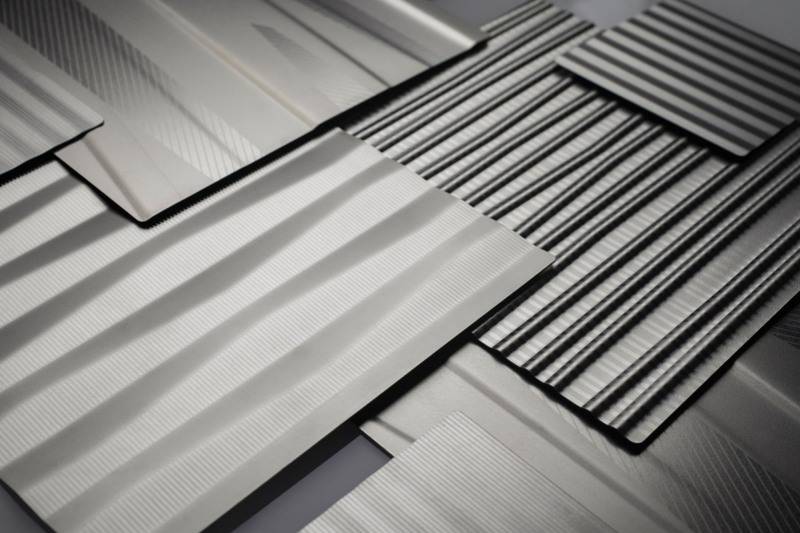
Aesthetic Appeal and Modern Look
Not only is 316S stainless steel functional, but it also offers a modern, sleek aesthetic that is highly valued in contemporary outdoor design.
-
The polished and sleek finish of 316S stainless steel: 316S has a naturally shiny, polished finish that enhances the visual appeal of any outdoor setting. Unlike some materials that can fade or discolor over time, stainless steel retains its polished look for years, maintaining the high-end appearance of the structures it’s used in.
-
How 316S maintains its visual appeal over time: One of the key selling points of stainless steel is its ability to resist tarnishing, fading, or rusting. The surface doesn’t change significantly even when exposed to extreme temperatures or outdoor pollutants. This makes it a great choice for aesthetic-driven projects like sculptures, outdoor seating, or modern architectural features.
-
Use of 316S in outdoor architecture and design: Designers and architects love using 316S stainless steel for its ability to blend seamlessly into both urban and natural environments. From sleek, modern bus kiosks and outdoor furniture to stunning facades and signage, 316S stainless steel is used to create visual focal points that stand the test of time.
Low Maintenance and Longevity
316S stainless steel is known for its low-maintenance nature, making it an economical choice in the long term.
-
Ease of maintenance and cleaning: One of the standout benefits of 316S is its low maintenance. Unlike materials that require regular repainting or sealing, stainless steel needs only periodic cleaning with soap and water to maintain its appearance. Its smooth surface resists the accumulation of dirt, dust, and debris, making it easy to maintain.
-
Why 316S reduces the need for frequent repairs or replacements: Due to its durability and resistance to corrosion, 316S stainless steel structures do not need frequent repairs. In the long term, this saves money and time, as you won’t need to replace parts or undergo extensive maintenance.
-
Cost-effectiveness over time: While 316S stainless steel may have a higher upfront cost compared to some materials, its long-term value far exceeds initial expenses. Its longevity, low maintenance needs, and ability to withstand harsh conditions make it a wise investment, reducing the need for costly replacements or repairs.
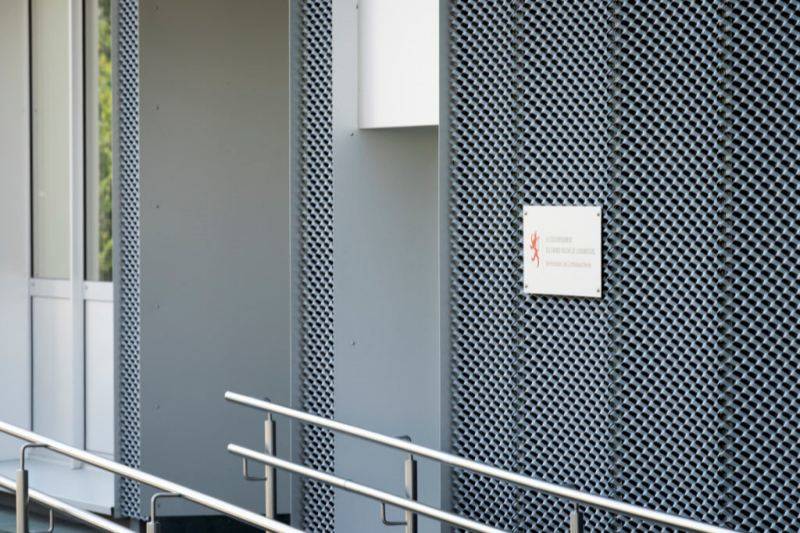
Environmental Impact and Sustainability
Sustainability is becoming an increasingly important factor in construction materials. 316S stainless steel is a highly sustainable option, contributing to eco-friendly projects.
-
The sustainability of stainless steel as a material: Stainless steel is one of the most sustainable materials available. It is fully recyclable without losing any of its properties, making it an environmentally responsible choice. 316S, specifically, can be reused and repurposed, reducing waste in landfills.
-
How using 316S contributes to environmentally friendly outdoor projects: By opting for stainless steel, you help minimize the environmental impact of your project. The material’s resilience means it will last longer than alternatives, reducing the need for replacements and contributing to a more sustainable future.
-
Recycling potential and long-term environmental benefits: Stainless steel has an incredibly high recycling rate. When a structure or product made from 316S reaches the end of its life, it can be melted down and repurposed into new items. This circular lifecycle makes it a fantastic choice for eco-conscious builders and designers.
Versatility in Outdoor Applications
Another significant advantage of 316S stainless steel is its versatility, making it suitable for a wide range of outdoor projects.
-
Various types of outdoor projects benefit from using 316S stainless steel: From railings and outdoor furniture to fencing and marine environments, 316S is adaptable to a wide array of applications. Whether it’s for public parks, transportation hubs, or residential gardens, this material can be used in virtually any outdoor setting.
-
Customization options and how 316S can be molded into different shapes and designs: 316S is highly customizable, offering designers the freedom to create unique shapes, sizes, and designs. This flexibility makes it ideal for outdoor projects that require a high degree of customization, such as bespoke sculptures, decorative panels, or unique architectural features.
-
Compatibility with other materials in mixed-use designs: 316S stainless steel also pairs well with other materials like wood, glass, and stone, offering endless possibilities for mixed-use designs. Whether it’s a stylish railing made from wood and stainless steel or a high-end garden bench that combines steel with stone, 316S can be incorporated seamlessly into diverse projects.
སྡོམ་ཚིག
In conclusion, 316S stainless steel is an exceptional material for any outdoor project due to its corrosion resistance, durability, aesthetic appeal, low maintenance, sustainability, and versatility. Whether you’re designing a simple garden feature, a large-scale transportation hub, or a luxury coastal building, 316S ensures long-lasting strength and beauty. Its ability to withstand harsh environmental conditions while maintaining its appearance and functionality makes it the ideal material for modern outdoor applications.
འབྲེལ་གཏུགས།
ཁྱེད་རང་ང་ཚོའི་ དྲ་ཚིགས། བརྡ་དོན་ཁ་གསལ་གྱི་ཆེད་དུ་ཡང་ན་ང་ཚོའི་Facebookདྲ་ཚིགས་ལ་ལྟོས་ནས་གནས་ཚུལ་གསར་ཤོས་དང་ལས་གཞིའི་གཙོ་གནད་ལ་གཟིགས། ཁྱེད་རང་ལ་དྲི་བ་ཡོད་ན་ཡང་ན་མཉམ་ལས་བྱེད་པའི་དྲི་བ་ཡོད་ན། ང་ཚོར་འབྲེལ་བ་གནང་རོགས། ང་ཚོས་ཁྱེད་ལ་རོགས་རམ་བྱེད་པར་དགའ་པོ་ཡོད།

